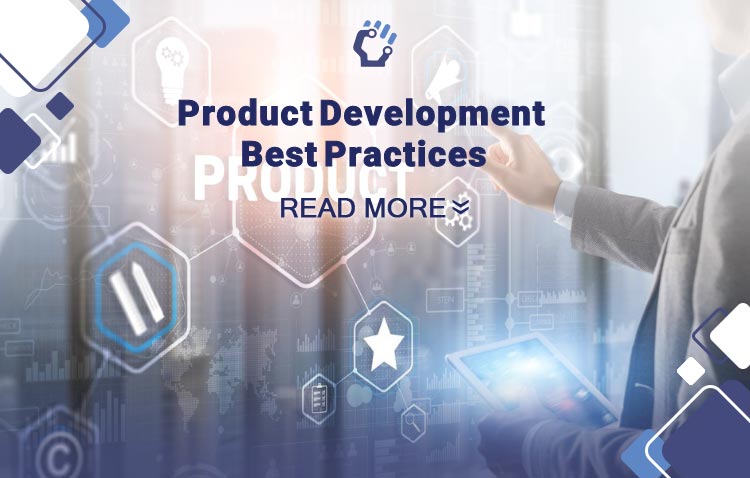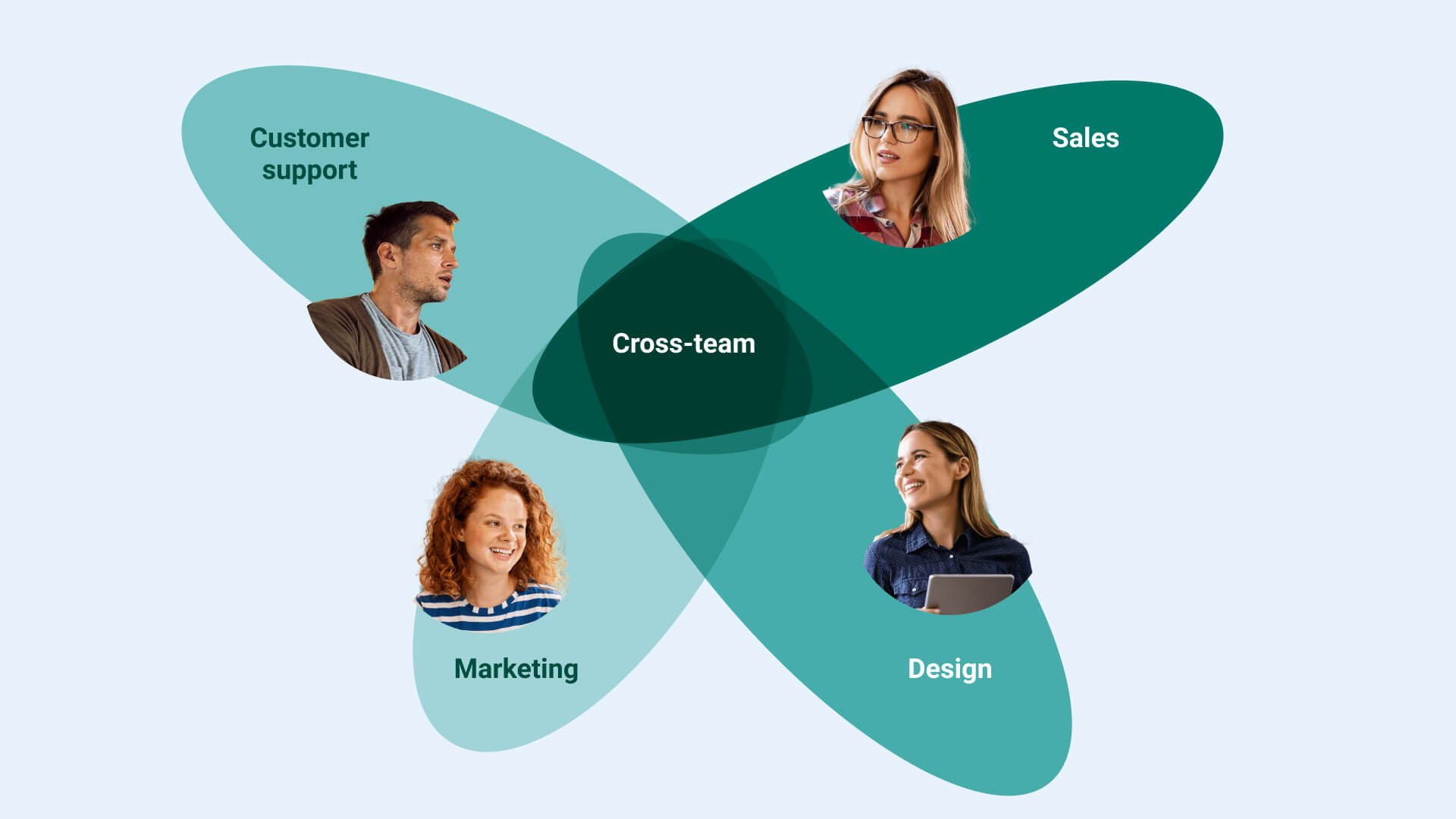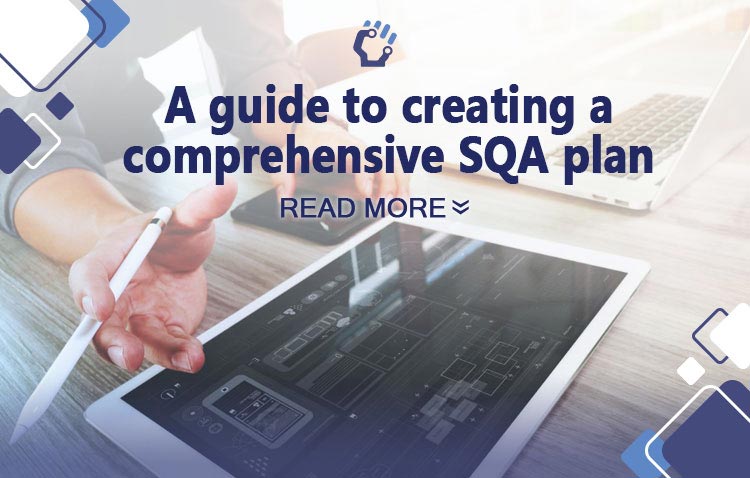Key Principles of Product Development Best Practices
Discover the Key Principles of Product Development Best Practices that empower product teams to make informed decisions, without compromising agility or efficiency. Learn how to navigate the complexities of product management, from defining your product roadmap to conducting market research. Stay with Snatch Digital for expert insights.
Principle 1: Complexity Management
In the realm of Product Development Best Practices, the principle of Complexity Management plays a pivotal role. Software development is often a labyrinth of intricate designs, interactions, and functionalities. To navigate this complexity effectively, principles provide a structured approach. They break down the development process into manageable components and stages, simplifying the path to creating successful products.
Explore more about this essential principle and discover how it contributes to the art of product management, product roadmaps, and informed decision-making through meticulous market research.
Principle 2: Consistency
In the realm of Product Development Best Practices, the principle of Consistency takes center stage. These principles serve as a steadfast framework for software development, fostering a unified approach within the team. By adhering to a common set of guidelines, consistency is achieved in various facets, including code quality, design patterns, and project execution. This unwavering consistency forms the bedrock of successful product management, the formulation of strategic product roadmaps, and the precision of market research activities.
Principle 3: Risk Mitigation
In the realm of Product Development Best Practices, the principle of Risk Mitigation takes the forefront. Software development is rife with uncertainties and potential pitfalls. To navigate these treacherous waters, established principles like iterative development and change management come into play. They serve as proactive tools for identifying and mitigating risks early in the development process. By doing so, they significantly reduce the likelihood of costly errors and setbacks further down the road.
These risk mitigation strategies are vital components of effective product management, robust product roadmaps, and well-informed market research practices.
Principle 4: Quality Enhancement
In the domain of Product Development Best Practices, Quality Enhancement is a cornerstone principle. It encompasses techniques like objective quality control and modular design, which play a pivotal role in elevating software quality. By adhering to these principles, developers can efficiently identify and rectify defects, ultimately leading to a more reliable and stable end product. Quality enhancement practices are indispensable in the realm of product management, informing sound product roadmaps, and guiding comprehensive market research efforts.
Principle 5: Efficiency and Productivity
Efficiency and productivity are paramount in the realm of Product Development Best Practices. These principles provide tried-and-true methodologies and best practices that streamline development processes. Take, for instance, the component-based approach, which encourages code reuse.
By implementing such practices, development teams can save valuable time and effort, leading to heightened productivity throughout the development lifecycle. These principles are fundamental in product management, guiding the creation of effective product roadmaps and informed market research strategies.
Are you struggling with product development? SnatchDigital is here to help! Our team of experts will transform your ideas into exceptional products. Reach out to us today for reliable and efficient product development services.
Implementing Agile Methodologies in Product Development Best Practices
Agile product development is a streamlined approach that revolutionizes the journey from idea to market release. It hinges on continuous iterations and a customer-centric ethos, seeking user and customer feedback to propel the next product delivery cycle. This method sharply reduces the time to market, allowing businesses to test their ideas and validate product viability swiftly.
In stark contrast to traditional waterfall approaches, where projects are planned, developed, and delivered as monolithic endeavors, Agile focuses on delivering a minimal viable product, the smallest functional unit. Product enhancements stem from feedback, rendering products more adaptable and finely attuned to evolving market needs. This approach is integral to product management, shaping product roadmaps and market research strategies.
Read more: The Role of Software QA in Agile Development Methodologies

Effective Market Research in Product Development Best Practices
Market research is a vital component of product development best practices, offering invaluable insights into target audiences, competition, and industry trends. Utilizing survey software, businesses can enhance their market research endeavors in several ways:
-
Increased Reach: Survey software enables businesses to swiftly reach a broader audience through online distribution channels, fostering diversity in respondent demographics.
-
Cost-Effectiveness: Conducting research via survey software proves cost-effective compared to traditional methods, reducing expenses related to data collection.
-
Improved Accuracy: Survey software minimizes errors by validating responses and ensuring data accuracy, safeguarding against biased or erroneous input.
-
Real-time Data Analysis: Businesses benefit from real-time data analysis, gaining immediate insights to inform rapid decision-making and response to market trends. This approach is central to product management, guiding product roadmaps and market research strategies.
Here are some of the best market research practices that we shall discuss in this article:
Define your research objectives
Before creating a survey, define what you want to achieve with the research. Establish clear research objectives and specific questions you want to answer. This will help guide the survey design and analysis.
Choose the right survey software
Select a survey tool that meets your needs, taking into account your research objectives, target audience, and budget. Look for software that offers customizable templates, user-friendly interfaces, and powerful analytics capabilities.
Design effective survey questions
Craft clear, concise, and unbiased questions that elicit meaningful data. Avoid leading questions, complex wording, and jargon that may confuse respondents.
Recruit the right participants
Identify and recruit participants that represent your target audience. Use targeted recruitment methods like social media, email campaigns, or paid advertising to reach your desired respondents.
Keep the survey short
Limit the survey length to reduce respondent fatigue and increase response rates. Keep the survey focused on your research objectives, and avoid adding unnecessary questions that may dilute the data quality.
Test the survey before the launch
Test the survey on a small group of people before launching it to a larger audience. This will help you identify and fix any issues with the survey design or wording.
Launch and promote the survey
Use a multi-channel approach to promote the survey, including email, social media, and paid advertising. Clearly communicate the purpose of the survey and its importance to your target audience.
Analyze and interpret the data
Use robust data analysis tools to transform raw data into insights. Identify patterns, trends, and correlations in the data, and compare them to your research objectives.
Share the findings
Share the survey findings with stakeholders and decision-makers in a clear and concise way. Use data visualization tools like charts, graphs, or infographics to make it easy to understand the insights.
Use the insights to drive action
Use the insights gained from the survey to inform your business strategy, product development, or marketing efforts. Act on the insights to drive positive change in your organization.
Prototyping: A Cornerstone of Product Development Best Practices
Prototyping plays a pivotal role in the product design process by transforming concepts into tangible entities for real user testing. It empowers product teams to experiment with ideas, explore various possibilities, and make informed decisions that benefit both the business and end-users. To maximize the effectiveness of software prototyping, it's essential to adhere to best practices.
Testing should occur frequently and at various fidelity levels, employing appropriate testing methods. Low-fidelity prototypes are ideal for idea testing, while interactive, high-fidelity prototypes excel in evaluating user experiences. These practices align with agile development principles, ensuring product success from inception to launch.

User Testing and Feedback in Product Development Best Practices
User testing and feedback are indispensable components of effective product engineering. They serve to validate assumptions, uncover issues, and enhance product features. However, managing user testing and feedback can be complex, requiring meticulous planning, recruitment, execution, and analysis. This article outlines some best practices for conducting user testing and gathering feedback on product features, drawing from industry standards and our experience.
1. Define Your Goals and Metrics: Before embarking on user testing or feedback, establish clear objectives aligned with your product vision, strategy, and SMART (Specific, Measurable, Achievable, Relevant, Time-bound) metrics. For instance, if testing a new checkout feature, set a goal like a 10% conversion rate increase in two months.
2. Choose the Right Methods and Tools: Select appropriate testing and feedback methods and tools based on your goals and constraints. Options include usability testing, A/B testing, surveys, interviews, focus groups, and more. Consider factors like product development stage, user base size, feature complexity, budget, and time constraints.
3. Recruit and Segment Your Users: Carefully recruit users representing your target audience with relevant needs, interests, and experience. Segment users based on demographics, behaviors, preferences, and goals for insightful comparisons.
4. Prepare and Conduct Your Sessions: Design clear, realistic tasks, questions, and scenarios. Ensure a comfortable and functional environment with proper recording equipment. During sessions, be respectful, attentive, and non-influential. Thoroughly document sessions for analysis.
5. Analyze and Act on Your Results: Analyze user testing and feedback data to uncover insights, patterns, and trends. Compare results with predefined goals and metrics. Identify strengths, weaknesses, opportunities, and threats, and prioritize areas for improvement. Communicate findings and implement changes.
6. Iterate and Validate Your Changes: Continuously iterate and validate changes based on user testing and feedback. Test updated features with users to gauge improvements. Collect and analyze fresh feedback to refine assumptions and hypotheses. Repeat until you achieve desired user satisfaction and product quality.
These practices ensure user testing and feedback drive meaningful enhancements and product excellence. If you want to know about exploratory testing read our blog.

Product Launch Strategies as Best Practices in Development
Let's discover Product Launch Strategies as Best Practices in Development:
Select the right audience
A crucial aspect of product development best practices is the implementation of effective product launch strategies. One key strategy is selecting the right audience. Identifying and targeting the ideal audience for your product is paramount to achieving optimal results. The product's foundation lies in meeting the needs of a specific audience. This practice is driven by the product manager, who possesses the necessary product insights and a deep understanding of customer requirements.
Strategically position the product
In the realm of product development best practices, strategic product positioning is a pivotal step. Once you've identified your target audience, the next crucial task is crafting a compelling product narrative with clear and effective messaging. Effective product positioning ensures that your product occupies a fitting space in the market.
By leveraging customer feedback and data collected from your target market, you can create a straightforward message that highlights your product's unique qualities and establishes the right image in your customers' minds. Keep in mind that during the launch, you'll have only a brief window to capture your target audience's attention. Therefore, your messaging and positioning should be simple, credible, and capable of conveying what sets your product apart.
Seek endorsements from the customer base
When it comes to product launch strategies, seeking endorsements from your customer base can be a game-changer. Engaging with your prospective customers allows your product development team to gain valuable insights in several ways. Firstly, it deepens your understanding of your target audience and their expectations.
Secondly, their feedback provides essential refinements for your product. Lastly, it helps gauge the impact of your messaging. Moreover, customer testimonials play a pivotal role in supporting your product pitch and lending credibility to your value proposition.
Cross-Functional Collaboration: A Best Practice in Product Development
Collaboration across different functions is a cornerstone of successful product development. When various departments work together, they can freely exchange information, skills, and resources, tapping into each other's expertise.
This collaborative approach leads to quicker, more efficient, and ultimately more successful product development. Its significance cannot be overstated, as it empowers organizations to harness their employees' diverse perspectives, skills, and knowledge to create superior products that align with customer needs and expectations.
Managing Product Development Risks: Best Practices
Product development is a complex journey filled with uncertainties and challenges. To navigate it successfully, you must employ effective risk management strategies. In this article, we delve into some proven methods to manage risks in product development, drawing from the principles of business architecture.
Define the product scope and vision
Begin by establishing a clear and comprehensive scope and vision for your product. Define its features, benefits, requirements, target market, value proposition, and business objectives. This alignment ensures that all stakeholders, from customers to developers, share the same expectations, reducing the risk of scope creep—unplanned changes that can lead to cost overruns and delays.
Identify and analyze the risks
Next, identify and analyze potential risks that could impact your product's development. Use tools like SWOT analysis, risk matrices, and breakdown structures to assess each risk's probability, impact, and severity. Categorize them based on type, whether technical, operational, financial, legal, or market-related. Understanding the root causes and consequences of these risks is crucial.
Plan and implement risk responses
Develop strategies to address identified risks. These strategies fall into four categories: avoid, reduce, transfer, or accept. Avoid risks by altering the product's design or scope. Reduce them by implementing quality controls or contingency plans. Transfer risks through outsourcing or insurance, and accept certain risks while allocating resources to manage them effectively.
Monitor and control the risks
The final step involves vigilant monitoring and control of risks. Track the product's development progress and the effectiveness of your risk responses. Utilize tools like dashboards, audits, and reviews to detect deviations from your plan and manage emerging risks. This step is also an opportunity for continuous improvement, where you can refine your risk management practices based on lessons learned.
By following these best practices, you can enhance your product development process, mitigate risks, and increase the chances of delivering a successful product that meets customer needs and expectations.
Continuous Improvement: Iteration in Product Development Best Practices
In the realm of product development, the concept of iteration stands as a cornerstone for progress. It involves a dynamic process of refining and enhancing your project based on feedback and fresh insights. The heart of iteration beats to the rhythm of trial and error, where each cycle of planning, analysis, implementation, and evaluation contributes to the project's evolution.
This iterative approach doesn't tether you to a single idea or design throughout the entire journey. Instead, it encourages the creation and testing of multiple versions at every developmental stage, from conceptualization to realization. These iterative cycles continually fine-tune the product, striving for optimization.
The essence of continuous iteration lies in its regular intervals of revisiting and reworking each stage. By embracing this iterative philosophy, product development teams can steadily advance their creations, ensuring they meet and exceed expectations.
Measuring Success: KPIs and Metrics in Product Development Best Practices
In the dynamic landscape of product development, measuring success is not merely a matter of intuition but a science backed by key performance indicators (KPIs) and metrics. These quantitative measures serve as the compass guiding teams toward optimal outcomes. Let's explore some vital categories of KPIs and metrics in the realm of product development:
1. Developer Productivity Metrics
Reflect the potential of a software team to craft efficient programs that endure.
2. Operational Metrics
Provide real-time progress monitoring and quick issue resolution.
Notable examples include Meantime Between Failures (MTBF), indicating software reliability, and Mean Time to Recover (MTTR), measuring recovery speed.
3. Test Metrics
Crucial in testing, agile development, and QA management.
Help evaluate improvements in quality and accountability.
Include Defect Distribution, revealing vulnerable areas, and Test Economics Metrics, assisting in budget optimization.
4. Usability Metrics
Vital for long-term success by gauging user experience.
Ensures users stay engaged and satisfied.
5. Agile Metrics
Simplify software project management by breaking them into manageable segments.
Offer insights into team operations, allowing quick identification of areas for improvement.
These KPIs and metrics are the navigational tools that enable product development teams to chart their course, adjust their strategies, and ensure they are on track to deliver products that meet customer needs and expectations. If you want to know about more metrics read test coverage metrics blog.








